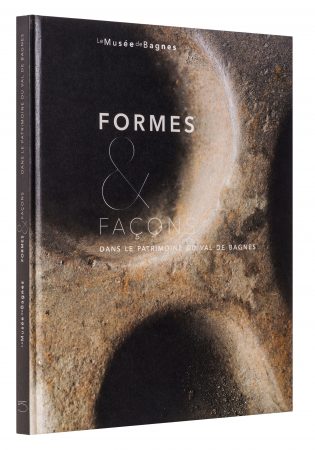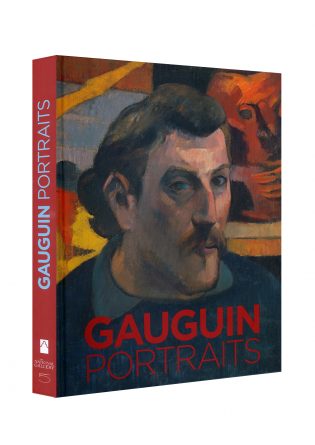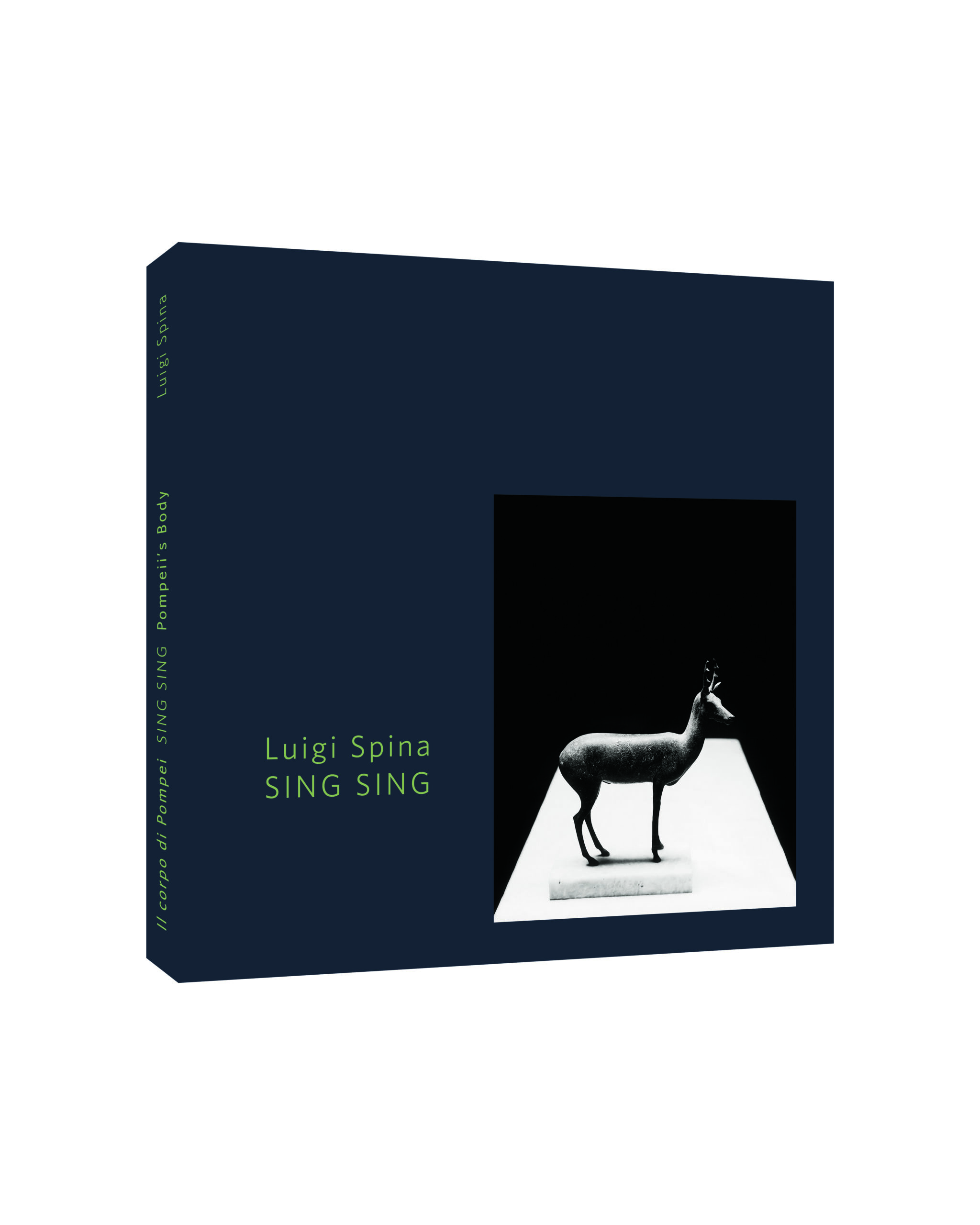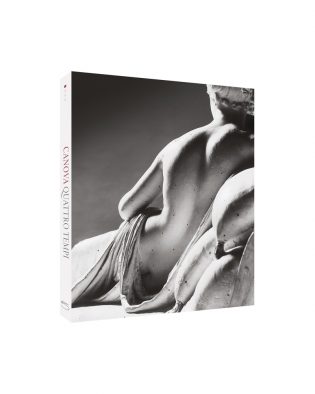In the shadow of the National Archaeological Museum, on a hillin the heart of Naples densely inhabited by people of all kinds and surrounded by cars, stands the monumental San Giuseppe dei Nudi. The church was founded in 1785 by the Confraternita di San Giuseppe dell’Opera di vestire i Nudi, which had begun performing pious workssome forty years before.
The congregation was based on the principles expressed by Father Giuseppe Maria di San Carmelo, a Discalced Carmelite, and established on the initiative of a group of Neapolitan nobles. Its purpose was to help the poor and needy by donating seven garments and the brothers persevered with this mission until the first half of the nineteenth century, when the works took a new form.
Being a brother was a sign of high social status and proclaimed one’s ability to make donations and look after others. The deeds of this congregation have left an enduring mark in the present day through the portraits of the benefactors that were painted throughout the brotherhood’s history. These paintings of noblemen, lawyers, intellectuals and men of the cloth, as well as administrators and rulers, are expressions of a way of being, thinking and acting. They reflect a culture and society that has evolved over a period of over two hundred years. And their faces are still able to tell us much.
Luigi Spina selects thirty of these portraits and uses his lens to give us his own interpretation of the figures in them, making us aware of the underlying fervour and grandeur, as well as the emotions and suffering, that facial features can convey. Although the paintings may be darkened by candle smoke, the effect of the light and the sheer passage of time, these photographs manage to bring to the surface the souls of men and women who wanted to leave a sign of their deeds during their time on earth. By the mercy of God.
Luigi Spina is a photographer. His work focuses on amphitheatres and the civic dimension of the sacred, the links between art and faith, the search for ancient cultural roots, and the physical impact of classical sculpture. The works he has published with 5 Continents Editions include The Buchner Boxes (2014), Hemba (2017) and Diario Mitico (2017) and has collaborated with Valeria Sampaolo to create the series Rare and Precious Objects in the Archaeological Museum of Naples, whose titles to date embrace Memorie del vaso blu (2016), Amazzonomachia (2017), Centauri (2017), Sette sapienti, Zefiro e Clori and Satiro ebbro (2018). His The Farnese Cup (2019) launched our Hidden Treasures series. Lastly, Luigi Spina has also published The Dancers at the Villa of the Papyri for 5 Continents Editions’ Tailormade series.
Almerinda De Benedetto comes from Naples and is associate professor at the “Luigi Vanvitelli” University of Campania, where she holds courses on the History of Contemporary Art, and Sources and Methods in the History of Art. She is the author of a number of monographs (notably, Artisti della decorazione. Pittura e scultura dell’eclettismo in fin de siècle, Electa, Naples) and several articles published in leading international magazines, as well as in compendia of works by various authors. Since 2016 Almerinda De Benedetto has been a consultant for the art historical heritage of Fondazione dell’Opera di San Giuseppe dei Nudi, for which she has recently edited Il Real Monte e Arciconfraternita di San Giuseppe dell’Opera di Vestire i Nudi. La carità tra fede, arte e storia (1740-1890).
Ugo de Flaviis opted for a career in politics after completing his high school studies in Classics. He became chairman of Fondazione dell’Opera di San Giuseppe dei Nudi in 2015 and set about restoring the fortunes and harnessing the potential of the institution its cultural and art historical heritage. Ugo de Flaviis has been the Campania Region representative of the Luigi Einaudi Foundation since 2019.




